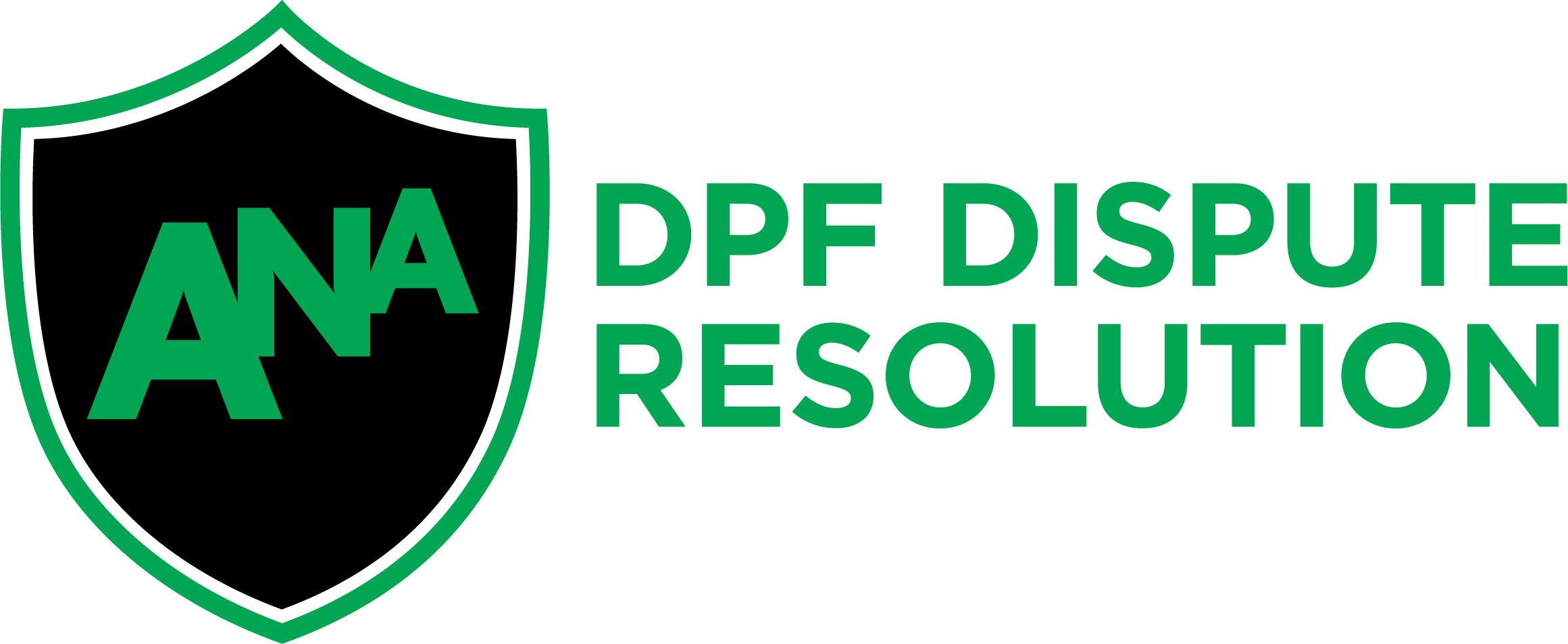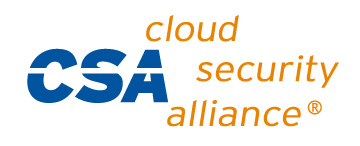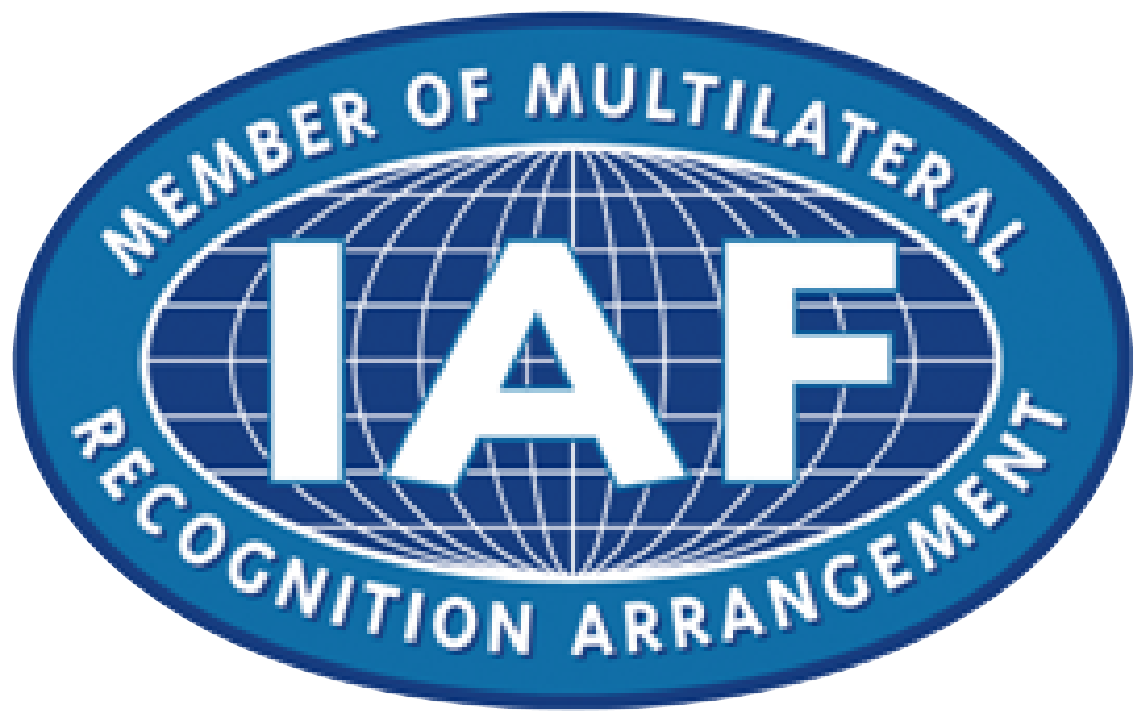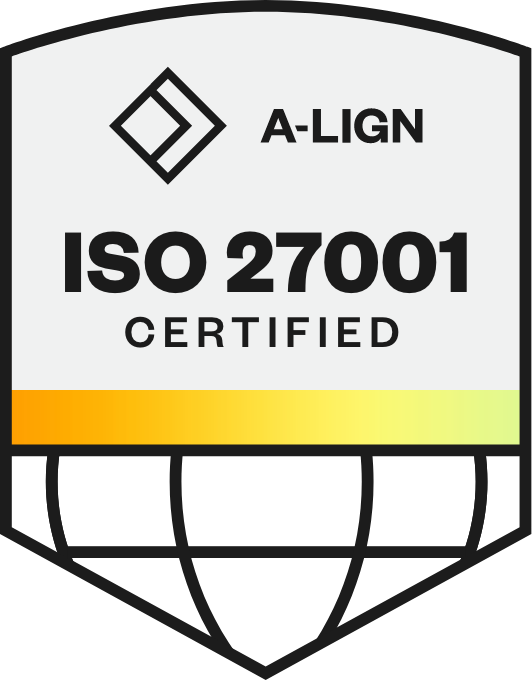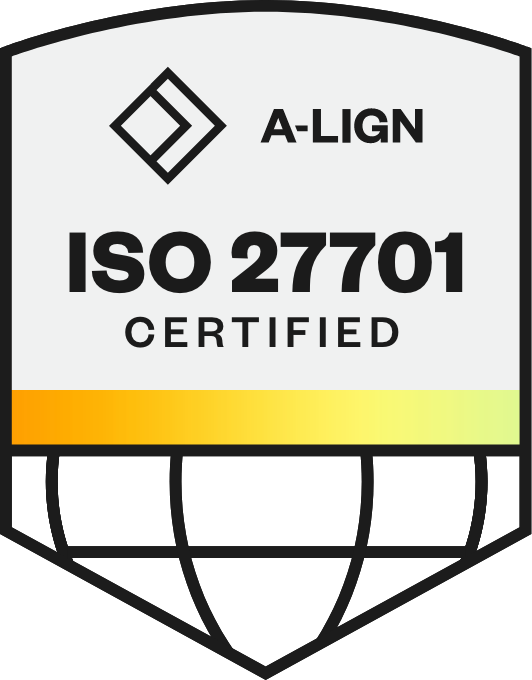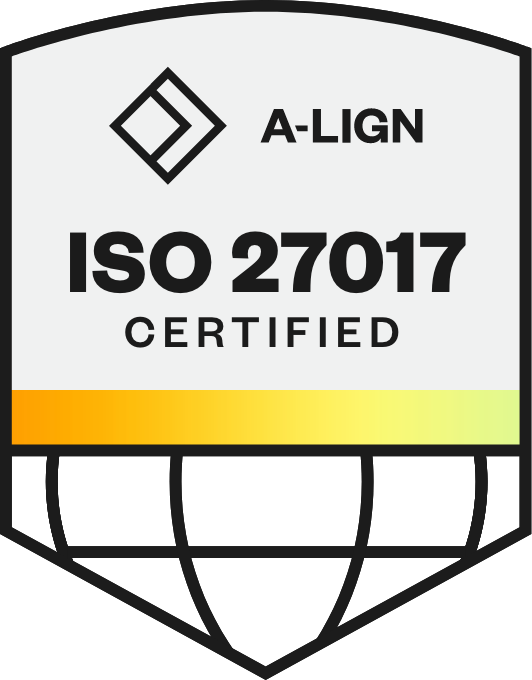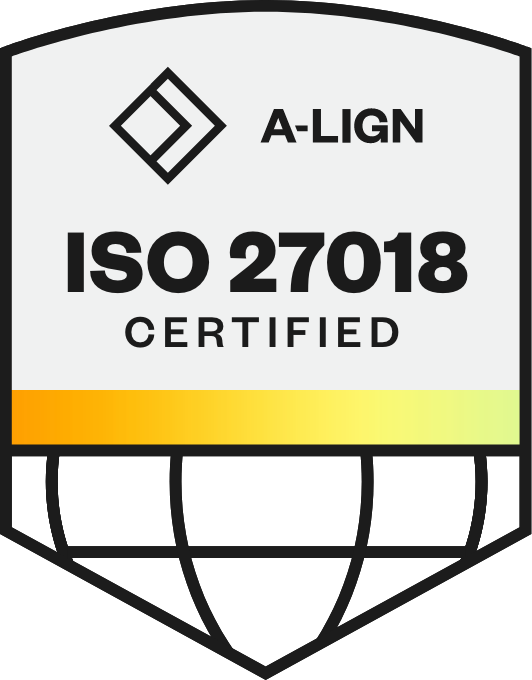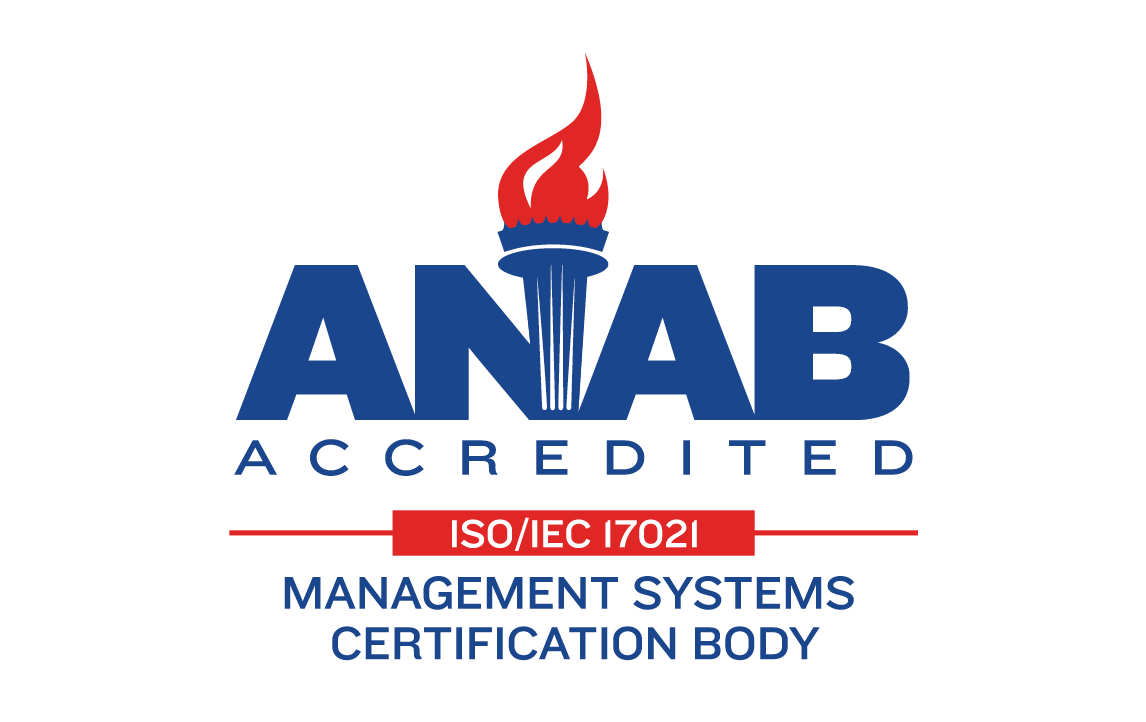
What Are Upskilling and Reskilling? (And Why They Matter)
Upskilling and reskilling have become the defining workforce challenges of the AI era. The World Economic Forum projects that 39% of core skills will change by 2030, and Gallup finds that 22% of employees fear their jobs could disappear due to technology. Global search interest in “upskilling and reskilling” reached record highs in 2025, underscoring both rising demand and growing anxiety.
For HR leaders, the barriers are clear: tight budgets, outdated tools, and limited time to design development programs. What’s different now is employee sentiment, from FOBO (fear of becoming obsolete) to expectations for continuous learning. Meeting these needs requires moving beyond static training and embracing AI-powered workforce transformation.
Let’s dive into how business leaders can leverage upskilling and reskilling to deliver modern solutions for evolving workforces.
Summary:
Upskilling and reskilling are now the #1 workforce challenge in the AI era. Upskilling strengthens current roles, while reskilling prepares employees for new ones.
AI in learning & development accelerates both by running skills gap analysis, mapping career paths, and powering adaptive learning journeys
For HR leaders, the result is better retention, stronger internal mobility, and clear ROI on training investments
Case studies from Kuehne+Nagel and Merck KGaA, Darmstat, Germany show how AI workforce transformation creates agility at scale
In This Article:
What Is Upskilling?
Upskilling is the process of helping employees expand their capabilities within their current roles so they can keep pace with shifting business and industry demands. For HR leaders, it’s a way to protect productivity, strengthen engagement, and reduce the risk of turnover by giving employees the tools to grow where they are.
In the AI era, upskilling has become faster and more precise. Learning & development uses skills intelligence to map strengths, analyse gaps, and recommend tailored next steps from microlearning and mentoring to certifications aligned with career goals. This replaces one-size-fits-all training with personalised learning journeys that adapt to each employee’s role and trajectory.
Common upskilling strategies include:
Personalised learning paths tied to specific roles and goals
Mentoring and coaching to transfer knowledge in real time
Online courses and microlearning are available on-demand
Cross-functional projects that provide hands-on exposure
LinkedIn estimates that 70% of today’s job skills will change by 2030, much of it driven by generative AI. For HR, upskilling is the bridge between an employee’s current strengths and the future skills needed to remain competitive.
What Is Reskilling?
Reskilling is the process of preparing employees to move into new roles within the organization, equipping them with capabilities for jobs the company urgently needs. While upskilling strengthens expertise in a current role, reskilling enables transitions, ensuring both employees and organizations remain relevant as automation and AI reshape entire functions.
Using AI-powered skills gap analysis, HR teams can identify transferable strengths, map adjacent career paths, and recommend role-specific training. For example, a customer support agent with strong communication skills could transition into an AI trainer role — and later pivot into prompt engineering.
Practical reskilling tools include:
Career transition programs with clear role roadmaps
Role-specific training for in-demand positions
Short-term projects that provide cross-team experience
AI-enabled learning platforms that combine certifications, microlearning, and adaptive learning to accelerate development
Upskilling vs. Reskilling
Upskilling and reskilling are often paired together, but they address different workforce needs. The table below outlines where upskilling initiatives can help while also highlighting the role reskilling plays within a modern workforce development strategy. Both are critical for organizational agility in the AI era.
Aspect | Upskilling | Reskilling | AI-Powered View |
Goal | Expand skills in a current role | Build skills for a new role | AI maps strengths and recommends tailored pathways |
Focus | Deepening existing expertise | Developing fresh capabilities | Identifies adjacent roles and future paths |
Learning Methods | Microlearning, mentoring, certifications, and on-the-job projects | Career transition initiatives, role-specific training, and cross-functional projects | AI curates personalised content (e.g., VR modules, mentoring) based on gap analysis |
Business Impact | Maintains competitiveness, boosts productivity, lowers turnover risk | Fills talent gaps, prepares for automation-driven changes, and strengthens agility | Delivers predictive insights for workforce planning |
Example | A recruiter learning advanced data analytics | A recruiter moving into HR technology management | AI highlights transferable skills and suggests next-step training |
Workforce Impact | Employees grow with confidence in their current role | Employees see clear internal career paths to new opportunities | Creates adaptive, continuous career journeys aligned to strategy |
The Impact of AI on Upskilling and Reskilling
AI is not only automating tasks; it’s reshaping the nature of jobs. Within just a few years, roles with the same title may carry entirely different responsibilities and required skill sets. For HR leaders, this means skills gaps are opening faster than external hiring can close them.
Why urgency has accelerated:
Roles are being rewritten: Automation is removing routine work while adding new, AI-driven responsibilities
Skills expire faster: The half-life of technical skills is shrinking from years to months
Static training is insufficient: Development can no longer be a once-a-year exercise; it must be continuous and adaptive
Retention risks are rising: Employees who don’t see visible growth opportunities are more likely to leave
Agility defines survival: organizations that reskill quickly can pivot with market change; those that don’t, face obsolescence.
With AI-powered skills gap analysis and adaptive learning, HR can move from reactive training to proactive workforce transformation, turning disruption into a competitive advantage.
Related: Why the Time to Invest in Skills is Now ft. Deloitte
Benefits of Upskilling and Reskilling
AI is rewriting the rules of workforce development. Instead of guessing where the gaps are or hoping employees engage with generic training, HR can now see skills in real time, deliver personalized development, and measure impact on retention, productivity, and growth. Upskilling and reskilling become not just learning activities, but levers for business strategy.
Automates skills audits
Traditional skills audits such as surveys, performance reviews, and manual tracking lag behind reality. By the time HR leaders gather insights, the needs of the business have already shifted.
AI automates the process of skill mapping by continuously scanning workforce data and surfacing gaps the moment they appear. This gives managers, leaders, and c-suite executives a live, accurate picture of organizational capabilities, allowing for faster alignment between employees and evolving job requirements.
With real-time data views comes an enhanced ability to make informed, data-driven decisions that positively impact the workforce and each individual employee. Actionable insights also help reduce lag between identifying gaps and closing them.
The businesses that have easy access to widespread insights are the ones that can pivot faster, implement solutions quicker, and stay ahead of the competition.
Delivers adaptive learning journeys
Out-of-the-box learning paths often leave employees disengaged because they rarely connect to career aspirations or day-to-day challenges. AI enables adaptive learning pathways that consider role, goals, and performance data. Instead of one-size-fits-all training, employees receive development opportunities that feel practical and motivating. This makes learning stick and increases return on investment.
Tailored recommendations based on each employee’s strengths and career goals
Multiple formats (mentoring, microlearning, certifications) to fit different needs
Higher engagement with learning content that feels personally relevant
Career pathways designed to support both individual growth and business priorities
Offers clear growth paths to reduce FOBO
A lack of visible career progression is one of the biggest drivers of attrition. Employees who cannot see a path forward often look outside the organization. AI-powered career pathing creates transparency by showing how current skills connect to future roles. This directly addresses FOBO (fear of becoming obsolete), strengthens loyalty, and reduces external hiring costs by keeping talent engaged internally. Here’s how:
Visible career pathways keep employees motivated and committed
Internal mobility reduces reliance on external recruiting
Succession planning pipelines are strengthened with ready internal candidates
Culture of growth improves long-term retention and stability
Related: How Employee Feedback Drove Improved Career Mobility at BAE Systems
Optimises content by role and industry
Training budgets are often wasted on irrelevant content. AI addresses this common issue by matching employees to resources that are directly tied to their role, function, and industry. This precision ensures that every learning investment accelerates development rather than sitting unused in a learning platform. By implementing personalized learning and development plans, rooted in skills data, teams can:
Reduce wasteful spending by eliminating irrelevant training content
Surface role- and industry-specific recommendations delivered at scale
Employees become productive in new or expanded roles faster
Maximize budget by targeting investments with measurable impact
Tracks ROI with skill analytics
HR has long faced pressure to demonstrate ROI from learning and development. Course completions alone do not prove business value. AI closes this gap by linking skill attainment directly to workforce outcomes, showing how training affects productivity, retention, and internal mobility. For HR leaders, this turns learning into a measurable driver of strategy.
Track skill attainment and completion rates in real time
Measure productivity and performance gains from upskilling
Demonstrate retention improvements tied to visible development opportunities
Quantify cost savings through lower turnover and reduced external hiring
Related: 3 Strategic Workforce Planning Examples for HR Teams in 2025
How to Launch AI-Powered Upskilling and Reskilling (Actionable Framework)
Every organization approaches workforce development differently, but the key is connecting employee growth to business priorities. With AI, what was once a slow, manual process becomes a continuous cycle of learning and adaptation. To stay future-ready, leaders can follow this five-step framework:
Step 1: Start with a skills audit powered by AI
Traditional audits, based on surveys or outdated reviews, often leave teams with an incomplete picture. AI strengthens this process by creating a live skills inventory that combines employee data, performance records, and market insights. With this foundation, hiring managers and executives can clearly see both current strengths and future risks.
Related: How Skills Technology Drives Talent Acquisition Excellence
Step 2: Define program goals
With the skills landscape in view, talent management teams must set clear objectives. Should employees be upskilled to remain competitive in their current roles, or reskilled to transition into emerging ones? Without defined goals, training becomes scattered and disengaging. AI insights allow segmentation for employees by role, potential, and business needs, ensuring that development plans are tied directly to long-term strategy.
Step 3: Match employees to pathways with AI personalisation
Clear goals only matter if they translate into action. Employees need pathways that feel relevant, motivating, and achievable. AI recommends journeys tailored to each individual’s skills and aspirations, ranging from microlearning and mentorship to certifications and immersive hands-on apprenticeship. This makes learning personal and ensures that business objectives are connected to everyday actions that support employee growth.
Step 4: Track and optimise progress
Progress is more than course completions. Without insight into the skills gained and how those skills support business needs, leaders are left guessing about internal mobility pipelines or employee readiness for future roles. AI analytics provide this real-time visibility, allowing leaders to measure impact and adjust programs quickly to close remaining gaps.
Step 5: Close the loop with predictive AI
Even the best initiatives lose relevance if they don’t evolve. Predictive AI combines workforce data with market signals to forecast emerging skill demands, giving decision-makers a glimpse into the potential future. This future outlook helps ensure learning pathways are updated continuously, keeping employees prepared not only for today, but for the roles of tomorrow.

Learning Inclusivity in the AI Era
Upskilling and reskilling programs cannot succeed if they are not accessible and engaging for all employees. HR leaders know that traditional approaches often leave certain groups behind, whether because content is offered in a single format, assumes English fluency, or overlooks differences in generational learning styles. This not only limits adoption but also risks widening existing skills gaps.
AI helps close these gaps by making learning more inclusive and adaptable:
Offer multiformat learning: AI-powered platforms recommend training in the format that best fits each learner, whether that’s video, gamified modules, microlearning, or long-form courses. Employees can engage in the way that feels natural and effective for them.
Support multiple languages and accessibility features: AI translation and speech-to-text tools expand access across global teams. Closed captions, screen-reader compatibility, and multilingual content make learning available to employees regardless of location or ability.
Adapt to generational preferences: AI can tailor delivery by demographic need — shorter, interactive modules for Gen Z learners, or structured, certification-focused content for mid-career professionals who prefer more formal development.
Weaving inclusivity into every stage of development helps ensure the continued expansion of the program while fostering widespread adoption. Put yourself in the shoes of your employees. Are you likely to take action on a vague or general development opportunity? Offering clarity and a tailored experience sparks engagement, leading to stronger outcomes for both the people and the business.
Examples of How Leading Companies Are Scaling Career Growth with AI
There’s no one-size-fits-all solution for closing skills gaps through upskilling or reskilling initiatives. Some organizations focus on unlocking internal mobility, while others prepare talent for future roles that don’t yet exist. Both strategies show how successful development strategies drive measurable business value.
Kuehne+Nagel: Upskilling to Unlock Internal Mobility
Kuehne+Nagel launched Career Explorer, an internal talent marketplace powered by the Phenom platform. Employees could complete profiles, discover recommended roles, and access personalised learning opportunities, while recruiters gained visibility into internal candidates.
In just six months, they achieved:
20% decrease in time-to-fill for internal requisitions
2× higher conversion rate for internal candidates
74% employee satisfaction with the tool
By automating skills audits with AI, keeping profiles continuously updated, and tailoring recommendations to individual career goals, organizations can scale these outcomes further. Recruiters don’t just see a snapshot of talent readiness; they gain real-time insight into employees’ evolving capabilities, while workers receive personalized learning journeys that expand their mobility options.
Read the full story: How Kuehne+Nagel Empowers Employees To Own and Grow Their Careers
Merck KGaA, Darmstadt, Germany: Reskilling for Future Roles
Merck KGaA, Darmstadt, Germany, shifted from headcount-based planning to a skills-based model that integrates capacity, skills, and costs. Using AI-driven scenario planning and a living skills ontology, the company created a dynamic view of roles and transferable skills to keep workforce strategies aligned with evolving business needs.
Impact:
Ability to reskill employees into emerging roles ahead of demand
Ongoing alignment of workforce planning with market shifts
Greater agility and foresight in talent strategy
By extending these practices with AI, organizations can run continuous scenario simulations, map adjacent career paths in real time, and adapt reskilling journeys dynamically. This ensures employees see clearer routes into future-ready roles, while HR leaders keep strategies aligned with market change.
Read the full story: Mastering Workforce Dynamics: Merck KGaA Germany’s Cutting-Edge Approach
FAQs
When should organizations choose AI-powtered upskilling vs AI-powered reskilling?
Organizations should choose AI-powered upskilling when roles are evolving and reskilling when employees must shift into entirely new positions. AI supports this decision by:
Analysing workforce data to identify skills gaps and strengths
Mapping adjacent roles and transferable capabilities
Recommending targeted pathways for career growth or transitions
Guiding leaders on whether to develop internally or hire externally
This makes workforce planning more precise, helping HR balance current role demands with future business needs.
How does AI measure ROI of training programs?
AI measures ROI of training programs by linking skills gained to clear workforce and business outcomes. It does this by:
Tracking employee skill attainment in real time
Connecting development progress to productivity and retention metrics
Highlighting internal mobility improvements from visible career paths
Calculating cost savings from reduced turnover and external hiring
With these insights, HR can prove that upskilling and reskilling drive measurable business value rather than just a learning activity.
What are some best practices for integrating upskilling into overall business strategy?
Some best practices for integrating upskilling into overall business strategy include aligning learning with company goals and using workforce data to prioritise critical skills. HR leaders typically focus on:
Linking training to business priorities like digital transformation or market expansion
Running regular skills audits to identify gaps
Making learning continuous with microlearning, coaching, and cross-functional projects
Connecting development to career growth and internal mobility
Measuring outcomes such as retention, productivity, and time-to-fill
By embedding upskilling into strategy, organisations build agility and stay competitive.
What is the role of AI in recommending learning opportunities for employees?
AI helps recommend learning opportunities by analysing employee skills data and tailoring training to each person’s role, goals, and career path. Its main contributions are:
Spotting skills gaps through continuous analysis
Delivering personalised learning journeys with mentoring, certifications, or microlearning
Matching employees to relevant content at the right time
Forecasting future skill demands so training stays aligned with business needs
This AI-driven personalisation makes learning adaptive, engaging, and directly tied to workforce readiness.
Future-Proof Your Workforce with Phenom
Upskilling and reskilling have always been vital to employee growth and retention. What’s changed in the AI era is the speed of disruption, and the need for HR leaders to act with more precision than ever. AI doesn’t replace workforce strategy, but it makes it faster, smarter, and scalable.
With Phenom, organizations can bring this vision to life. Our platform combines skills gap analysis that highlights strengths and risks, personalized career pathing that engages employees with clear growth options, and automated learning recommendations that connect people to the right training at the right time. Together with predictive workforce planning, these capabilities help HR leaders prepare not just for today’s needs, but for the skills their business will require tomorrow.
By turning learning into a continuous advantage, Phenom empowers organizations to close gaps, open opportunities, and build a workforce ready for the future of work.
Request a Skills Snapshot for insights into your organization’s roles, skills, and progressions — plus, get practical guidance on where to start your upskilling and reskilling journey.
John is a Sr. Director of Product Marketing at Phenom. He enjoys horror novels and running — mostly from age.
Get the latest talent experience insights delivered to your inbox.
Sign up to the Phenom email list for weekly updates!



